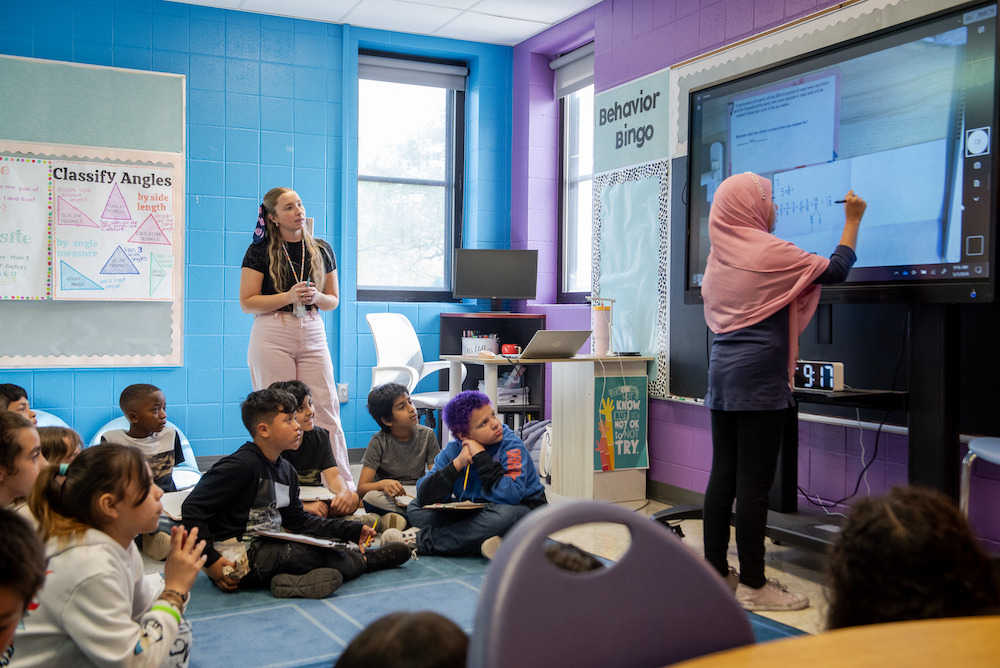
Rethinking Intervention x Science
A Vision for Excellent Science Instruction
By Dr. Jessica Henderson-Rockette

Excellent science instruction is essential to both equipping students with the knowledge needed to explain the world around them and preparing them to change the world.
The conversations we held with science leaders throughout our Rethinking Intervention series provided a clear vision for excellent science instruction that we can use to chart a path forward. What we heard loud and clear is that the path is forward, not backwards.
The relatively recent shifts in our vision for science education—one grounded in phenomena-driven, three-dimensional science instruction that centers students and their experiences with the world around them—are still relevant in our current context. This vision will support access to grade-level learning for the students who will come to classrooms this fall having immensely varied experiences with formal science learning due to realities of the last year.
Here are three big takeaways from our conversations with science leaders:
- Impactful science instruction progressively strengthens conceptual understanding of big ideas through scientific practice, and by cutting across disciplines to help students make sense of their lived experience and design solutions to real-world problems.
- The consequences of using instructional models that do not center phenomena and strengthen conceptual understanding are long-lasting and can exacerbate inequities.
- Transformational professional learning mirrors the vision for science instruction.
These takeaways can guide instructional leaders charged with making decisions that directly impact the science teaching and learning experience. When I think about the next few years and the importance of effective science instruction, these conversations pointed to concrete ways we can use time, money, and energy:
- Prioritize relevance and coherence within science teaching and learning; planning instruction that explicitly helps students make connections between what they learn and the world around them.
- Build teacher and leader content and pedagogical knowledge by seeking out learning opportunities that align to the vision for science.
- Provide the space for teachers and leaders to learn, make mistakes, and respond to feedback without feeling pressured to return to more comfortable modes of instruction.
Here are a few resources relevant to these actions:
- This science leader development series is an interactive workbook that integrates some of the science education field’s best tools and resources into a capacity-building experience for leaders along with aligned turnkey PLC resources.
- This article from NextGenScience provides a thorough overview of phenomena: What they are, what role they play in science instruction, and the potential they hold for supporting equitable access to excellent science instruction.
- This high-quality OER middle school curriculum from OpenSciEd illustrates a phenomenon-driven, three-dimensional instructional model that supports coherence and deepening student understanding.
- This brief from STEM Teaching Tools considers how we promote equity in science education and discusses the power of informal learning environments and recognizing diverse sense-making.
- This blog and video answers the question, “What do teachers really need to do to support unfinished learning in science?” with step-by-step examples at the unit-planning level in middle school science.


